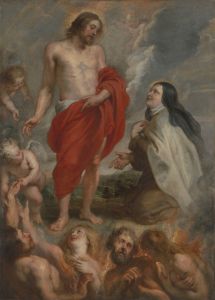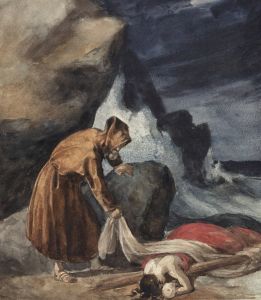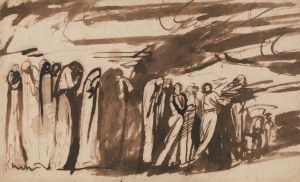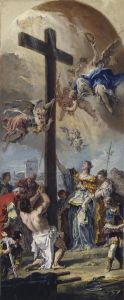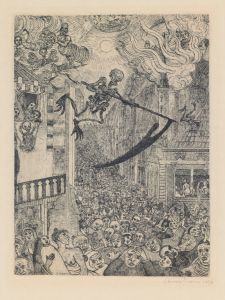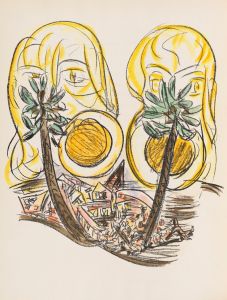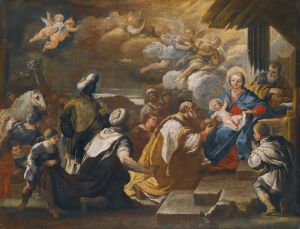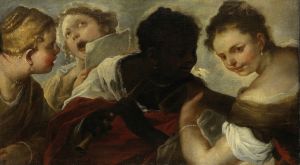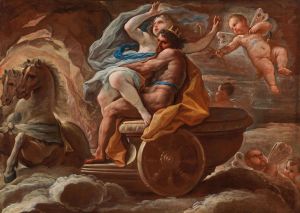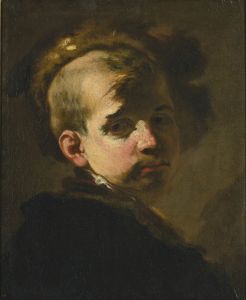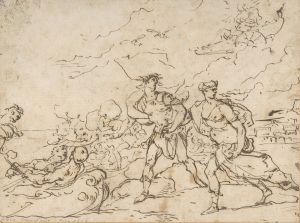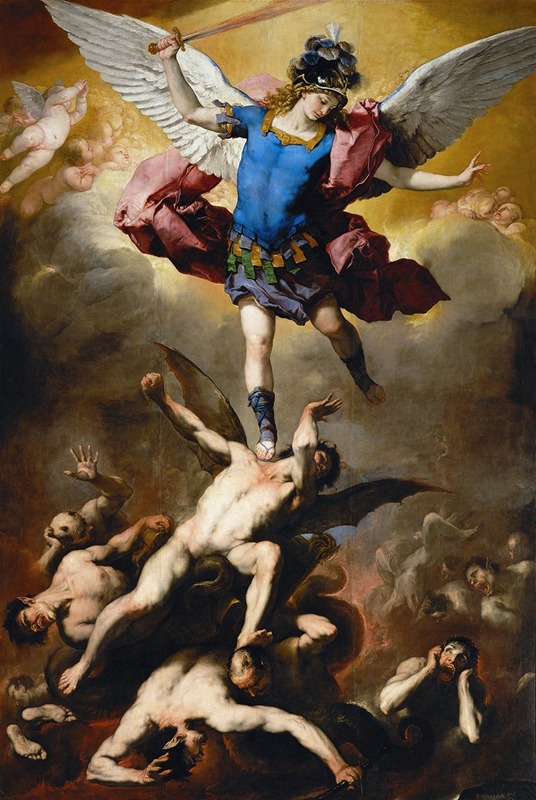
The Fall of the Rebel Angels
A hand-painted replica of Luca Giordano’s masterpiece The Fall of the Rebel Angels, meticulously crafted by professional artists to capture the true essence of the original. Each piece is created with museum-quality canvas and rare mineral pigments, carefully painted by experienced artists with delicate brushstrokes and rich, layered colors to perfectly recreate the texture of the original artwork. Unlike machine-printed reproductions, this hand-painted version brings the painting to life, infused with the artist’s emotions and skill in every stroke. Whether for personal collection or home decoration, it instantly elevates the artistic atmosphere of any space.
Luca Giordano's "The Fall of the Rebel Angels" is a significant work of Baroque art, showcasing the dynamic style and dramatic intensity characteristic of the period. Giordano, an Italian painter born in Naples in 1634, was known for his prolific output and his ability to work quickly, earning him the nickname "Luca Fa Presto" (Luca, Work Quickly). His work is noted for its vibrant color palette, energetic compositions, and the influence of both the Venetian and Neapolitan schools of painting.
"The Fall of the Rebel Angels" depicts a biblical scene from the Book of Revelation, where the archangel Michael leads the heavenly hosts against the rebel angels, casting them out of heaven. This theme was popular in Baroque art, as it allowed artists to explore themes of divine justice, the struggle between good and evil, and the dramatic potential of celestial battles.
Giordano's interpretation of this scene is marked by its dynamic composition and dramatic use of light and shadow. The painting is filled with swirling figures, creating a sense of movement and chaos as the rebel angels are hurled downwards. The archangel Michael is typically depicted at the center, often with a commanding presence, wielding a sword or spear, symbolizing divine authority and righteousness. The rebel angels, in contrast, are shown in various states of defeat and despair, their forms twisted and contorted as they fall.
Giordano's use of color is particularly noteworthy in this painting. He employs a rich palette to differentiate between the celestial and the damned, using light to highlight the heavenly figures and casting the rebel angels in shadow, emphasizing their fall from grace. This contrast not only enhances the visual impact of the painting but also underscores the moral dichotomy between the forces of good and evil.
The painting reflects Giordano's mastery of the Baroque style, with its emphasis on movement, emotion, and dramatic contrasts. His ability to convey complex narratives through vivid imagery and dynamic compositions made him one of the leading painters of his time. "The Fall of the Rebel Angels" exemplifies his skill in capturing the tension and drama inherent in such a powerful biblical story.
Throughout his career, Giordano was influenced by a variety of artistic traditions. He studied the works of great masters like Titian and Rubens, and his travels to Spain exposed him to the works of Velázquez and other Spanish artists. These influences are evident in his work, as he combined the rich color and loose brushwork of the Venetians with the dramatic intensity of the Neapolitan school.
"The Fall of the Rebel Angels" remains an important example of Giordano's work and the Baroque period as a whole. It captures the essence of the era's artistic innovations and continues to be appreciated for its technical skill and emotional depth. The painting is housed in various collections, reflecting its enduring appeal and the continued interest in Giordano's contribution to the art world.





